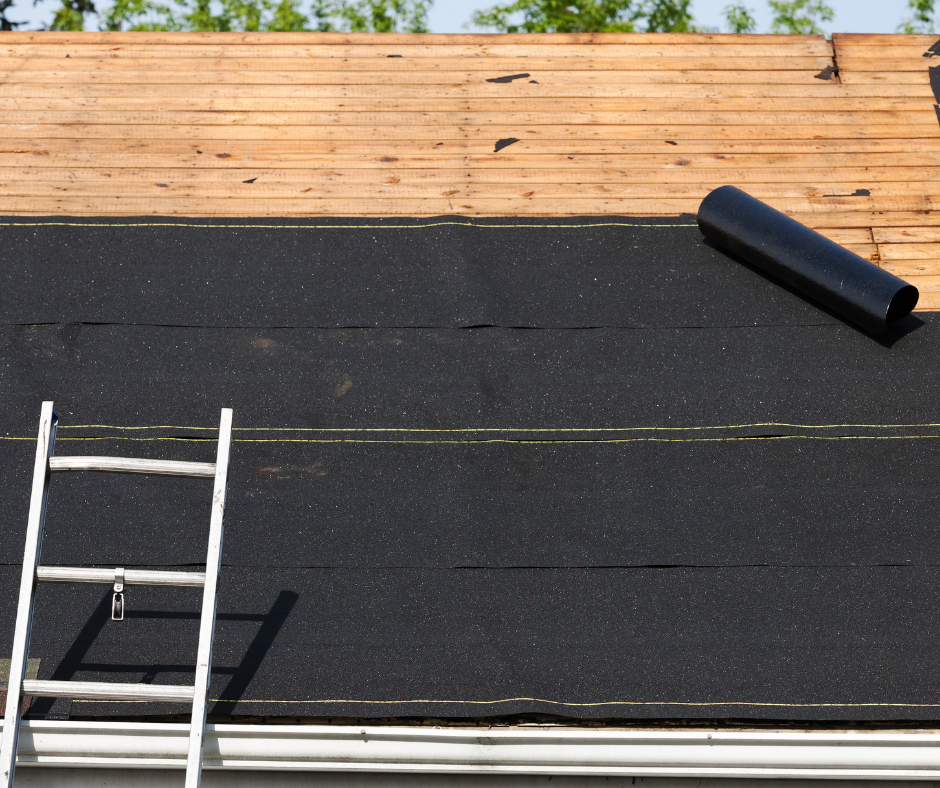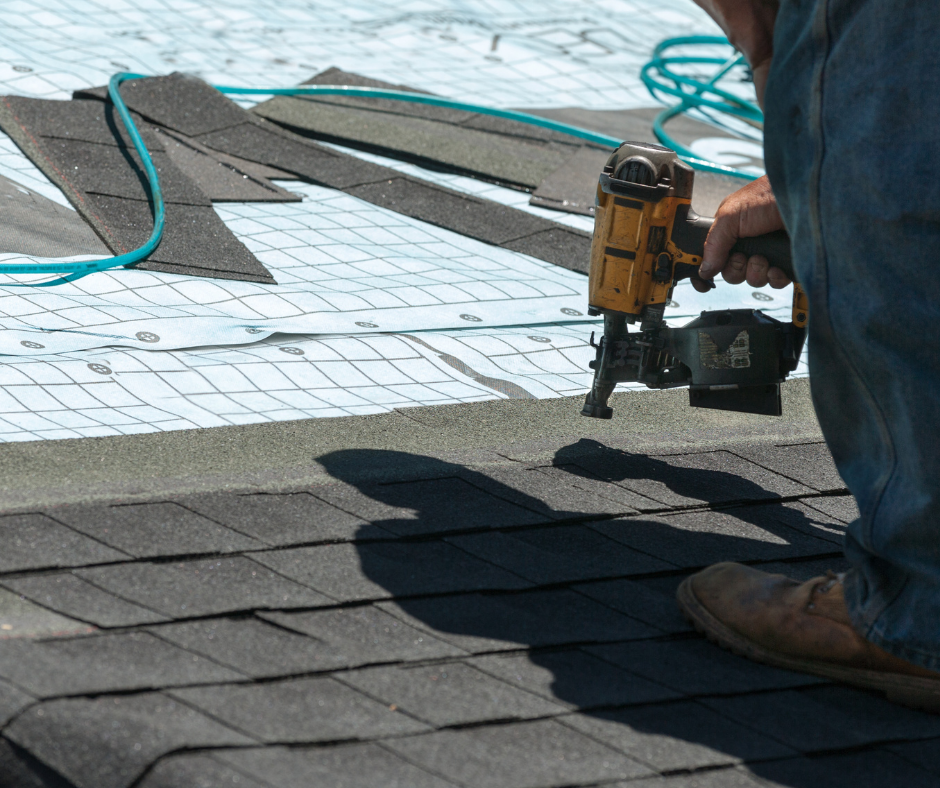When you think of the roof of a home, what’s the first thing that comes to mind? Shingles, right? Well, there’s a bit more to it than that. Underneath there’s a hidden layer of protection called underlayment. Your roof contractor goes to great lengths to ensure you have optimum protection from the elements as well as wear and tear, and that’s where underlayment comes in.
If you’re in the process of roof replacement, it’s important to do your research on the underlayment. Roofing underlayment resides between the shingles and the roof deck. It is installed directly on the roof deck and provides an extra layer of protection from things like rain, snow and wind. Your contractor will typically give you the choice between felt underlayment and synthetic underlayment. So, what’s the difference?
The biggest concern for many homeowners when it comes to roofing is the cost. Depending on the underlayment you choose, the cost could change drastically. There are also several factors that separate felt and synthetic underlayment from each other. Let’s look at the difference between the two types of underlayment and find which one is right for you.

Felt Underlayment
To start, felt underlayment has been the go-to product for many years. For a while, it was the only type you could get when it came to a roof replacement. Felt underlayment is made by saturating paper or fiberglass with asphalt.
When it comes to the underlayment, felt is going to be the cheapest option. So, if you’re on a budget you may instinctively go with felt based on price alone. There are two different types to choose from, and they are #15 and #30 felt.
#15 Felt
The number 15 felt is going to be the thinnest and cheapest option for roof underlayment. It’s generally fine for most roofing jobs, but you run the risk of faster wear and tear.
#30 Felt
This felt underlayment is going to be thicker and more durable. It’s better at withstanding the elements if you plan to go with felt. The thickness will also make it easier to install and won’t tear as easily.
Benefits of Felt Underlayment
Felt underlayment is the more affordable option. If you’re on a budget, it may be the better option. It’s important to consider where you live, however. If you live in an area such as the midwest, you may want to consider synthetic because of the susceptibility of wear and tear due to weather.
Disadvantages to Felt Underlayment
This type of roofing underlayment is going to get damaged more easily than synthetic underlayment. It can tear during installation, so you’re already left with a damaged product before you use it.
Another thing to think about is that when moisture is absorbed into it, felt underlayment will wrinkle. This can cause the shingles on your roof to be lumpy and you’ll lose the uniform design. While you want your roof to protect your home, you want it to look nice, too!
Felt underlayment is also heavier than synthetic underlayment. So, during installation, your roof contractor may have a harder time and charge you more, even if the product itself is cheaper. It can also be slippery which is something a lot of people overlook. At some point, you will have to get on your roof, or your contractor will. The slippery texture can mean a greater fall risk.

Synthetic Roofing Underlayment
Synthetic roofing underlayment is going to be the best bang for your buck. It gives a more enhanced water resistance and protection from the elements as opposed to felt underlayment. This type of underlayment is made from longer-lasting polymers which means they will have more strength and last longer than felt underlayment.
Benefits of Synthetic Underlayment
Synthetic underlayment is going to be more tough and durable than felt underlayment. It also has much better UV and moisture protection. The last thing you want to happen when your beautiful new roofing is installed is to find a leak immediately. This can happen because felt underlayment will tear during the installation process, and you won’t know until later.
So, if you live in a climate where you’re dealing with a lot of moisture, a synthetic underlayment will be your best bet. It’s also incredibly durable and can withstand snowstorms and other elements.
Another thing to consider again is the ability to walk on your roof. Synthetic underlayment will also be safer for this due to the texture.
Disadvantages of Synthetic Underlayment
The biggest problem homeowners face with synthetic underlayment is the cost. It’s much more expensive than felt underlayment, but it’s important to look at the benefits you’re getting. Even though it’s going to cost more upfront, synthetic underlayment is worth the investment in the long run.
You will also incur more costs with felt underlayment due to it needing to be repaired more often. So, think of synthetic underlayment as a long-term investment.
Which Underlayment is Best?
When it comes to roof replacement, there is no right or wrong answer. It’s all about your needs and of course budget. Make sure to consult with your roof contractor. They will be able to answer all your questions and set you up for success.
The Bottom Line
To sum it up, underlayment can be an often overlooked part of the roof replacement process.
It’s important to do your research not only on the types of underlayment, but the area you live in as well. Areas with a lot of rain or snow should consider synthetic underlayment for added protection. When in doubt, contact a local roof contractor, like Magallon’s Roofing.
With 23 years of experience, we know our way around roof underlayment. If you live in the Fresno, Clovis or Madera area, Magallon’s Roofing is here to answer all your underlayment questions. We’ll be happy to answer them online, or on the phone!

